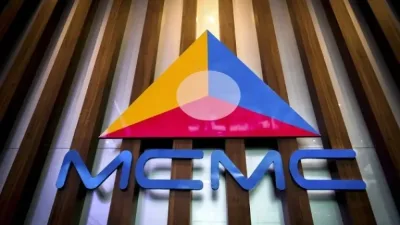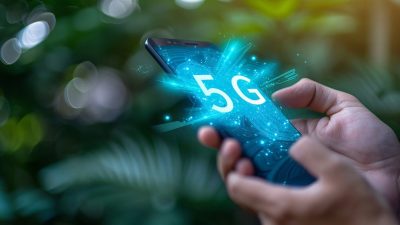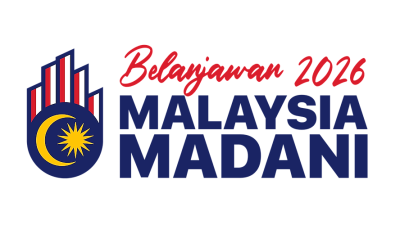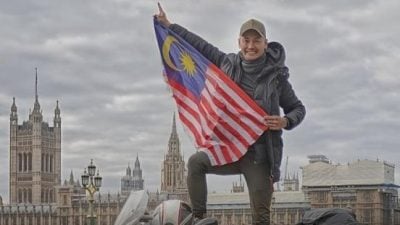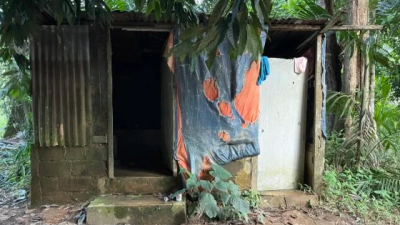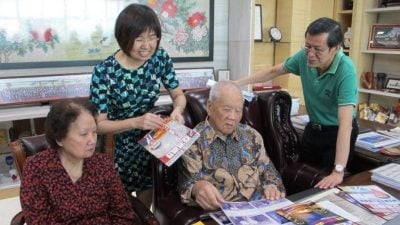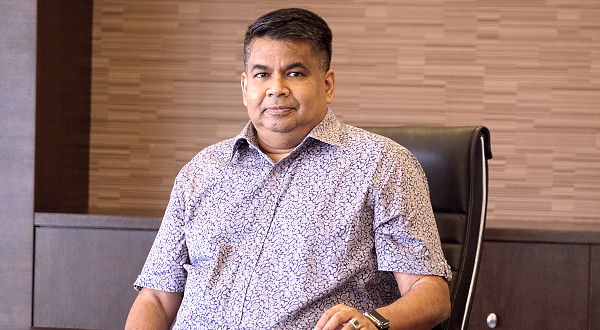
EMIR Research welcomes the continuous public engagement with DNB and their hired consultants, for, the aim of a debate is never a shallow victory but credible progress and, in this case, credible progress for the nation based on data, science and economics.
Though DNB has not been forthcoming, as DNB still does not answer the most pressing questions (“Malaysian 5G rollout ‘unanswerable’ questions”) but raises even more eyebrows instead by involuntarily (or voluntarily) giving out more details.
Nevertheless, this ongoing public engagement helps to keep track of what is coming out of DNB and spot potential red flags.
In the first part of this article, EMIR Research discussed the impact of DNB’s current rollout model on Malaysia’s telecommunication industry and mobile data service prices. EMIR Research continues to re-center DNB-Plum on the key issues in the second part.
RESTRUCTURING DNB WOULD CAUSE A SUBSTANTIAL DELAY?
According to Plum Consulting, the “proposal to change the SWN to multiple 5G access networks would involve a substantial delay in the nation’s 5G rollout as DNB’s two years of work would be largely written off.”
First, there is never a case for continuing with a failed model. When the current model doesn’t make sense, then it becomes a very serious cost-benefit question: the cost of delay in the near term versus the cost of being stuck with the wrong model for the long term with all the devastating outcomes and impacts and significant waste of resources – EMIR Research discussed those in the first part of this article.
In the business world, which, unlike some policymakers, knows the value of every cent spent, a kill-switch is a must for any project – the point where management understands that a wrong decision has been made and the project needs to be realigned.
Revising a failed model is not necessarily a failure as it is successful resource management because it frees resources that can be used elsewhere. Kill-switch is even more imperative when taxpayers’ money is at stake.
Second, why should there be a “substantial” delay? There are many ways to implement multiple 5G networks in Malaysia without writing off efforts made by DNB over the last two years.
The current rollout can proceed while DNB is being restructured. DNB can continue to offer wholesale for 700MHz 5G focusing solely on rural areas.
The other spectrums should be given to other players to compete – spectrum auction can be done fairly quickly. And, as was emphasized in the first part of this article, MNOs could continue with 5G rollout even at higher speed and lesser costs due to the possibility of significant re-use of their existing infrastructure.
These players can also lease access from DNB for 700MHz service.
Existing towers should be used by DNB where available. In urban areas, some radio equipment can be sold to individual MNOs.
DNB can also now focus on building dark fiber infra (and poles/POP, as necessary) in all populated areas and lease it to retail players (for 4G, 5G, FTTH, etc.). Contract with TM for backhaul bandwidth should stop. The target should be 1km of fiber for every square km of populated areas.
Notably, the retail players should not have any share in DNB. Also, the existing management/board members of DNB should be replaced.
The only delay can be if the policymakers continue this tussle for their interests rather than for the nation’s good, as has been the case for Malaysia’s 5G since 2019.
DNB COSTS ARE FULLY TRANSPARENT?
According, to Plum, “DNB’s costings are fully transparent and included in its detailed business plan, which has been approved by the MCMC following the detailed scrutiny.”
The problem is that the DNB’s detailed business plan is not available to the public or even to DNB’s access seekers – so any “transparency” is very limited. Unless Plum meant that it is so “transparent” in the sense that it is “invisible.”
DNB appear to hide behind MCMC a lot. However, can the good governance be judged by just simply submitting to MCMC?
We do not know whether Plum has access to Ericsson’s contract with DNB. Notably, even MNOs in their due diligence of DNB were not able to sight these contracts!
Without that, Plum cannot comment on what Ericsson actually committed for the indicated price versus what risk of cost escalation, delay, and performance issues lie with DNB to manage.
It is important to know whether the DNB’s quoted total cost includes only build cost for a very basic 5G eMBB (enhanced mobile broadband / an enhanced version of 4G) service, which is only the first out of a few layers required to deliver the full 5G functionality or other elements are included.
Furthermore, the 5G has two modes – Non Stand Alone (NSA) and Stand Alone (SA). NSA mode greatly relies on 4G and it requires an anchor band which in DNB case is likely 700 MHz.
The anchor band is just an overlay that carries signal, there is no traffic there. To carry traffic, it will require either 3.5 GHz or 4G. This places a big question mark on sufficiency of 10,000 towers again.
It is also crucial to ascertain whether the following costs have been included in the total costs and cash flow projections by DNB, as accounting for these additional features will add significantly to DNB’s wholesale price:
- Coverage beyond 80% of the population;
- Industry’s traffic capacity increase over ten years (need for network densification);
- Comprehensive in-building coverage – according to the findings from RCR Wireless, an estimated 80% of cellular data traffic originates indoors, and 5G will require massive indoor coverage support, yet reported coverage by DNB focuses on outdoors so far;
- Value-added services (e.g., network slicing, private networks, bespoke coverage, future capabilities).
So far, DNB has not divulge this information. So where is the transparency ? Remember this is not a private entity, it is a public entity, wholly owned by MOF.
DNB PROGRESS?
Plum Consulting observed that DNB has claimed “ahead of schedule in meeting its main rollout target of 80% population coverage by the end of 2024” and “has now reached 40% coverage a year after starting its network.”
According to Jendela Q3 2022 Report, as of 30 September 2022, DNB has completed 1,915 sites (54.4%) out of the planned 3,518 sites for 2022 while significantly underperforming for the third quarter.
During the press conference held on 7 December 2022, new Communications and Digital Minister Fahmi Fadzil shared that DNB has deployed 2,715 5G cell sites as of 31 October 2022 with 36% 5G population coverage.
However, already on 12 December 2022, DNB reported on its website that “its 5G network is ahead of schedule” and “will exceed 40% coverage of populated areas nationwide by December 2022.”
Nevertheless, if this is true that DNB is on schedule (or even “ahead of it”) by the end of 2022 as it claims, despite significantly lower numbers reported by officials as of the end of October, more serious questions arise – how is the audit being done?
Are the sites counted actually ready for service and of acceptable quality (built, cleaned of installation defects, running on permanent rather than temporary equipment – such as Genset and using microwave links, accepted into network operations, optimized and handed over from Ericsson to DNB)?
Is there a performance criterion set by MCMC for DNB to fulfill, such as, for example, transmission speed? When a base station is commissioned, do we have test results?
Also, as explained above, DNB can claim the coverage via 700 MHz but can the traffic be carried? To run 5G fully while utilizing 700 MHz Stand Alone mode would be required.
Furthermore, even if there has been some progress on the network built, is DNB on schedule to deliver its commercial and business commitments? Why do we not hear any verified information on these critical outcomes, given the big original claims being made by DNB about Malaysia’s readiness for 5G and, therefore, the “urgency” of this deployment in a supply-driven fashion?
After all, it has been one year, and according to Plum-DNB claims, they are on schedule for population coverage.
Speaking of Plum’s statement that they “[do] not agree with EMIR’s statement that forecast demand for 5G services to be sluggish and focus on high-density areas and specialist applications such as improvements in industrial processes (4IR).”
EMIR Research would like to remind the South Korean experience so far (refer to “DNB’s 5G: eternally revolving deadline” for details).
Despite being rightfully the leading country in 5G rollout, its MNOs experience serious hiccups due to much lower than expected demand for 5G impacting their average revenue per user number to the extent that they even start looking into ways of diversifying their core business, to be still, able to pay off their investors.
Given Plum’s area of expertise and keeping hands on the industry’s pulse, they should be aware of this development.
It is also a pertinent question what would DNB do (or already do) in such circumstances? Dive more into sukuk backed by government guaranty (the taxpayers’ money)?
We should not be worried about how much would be spent by individual MNOs on the 5G rollout as this is part and parcel of their business and will always be subject to efficiency consideration for survival purposes.
But we should be super worried when peoples’ money is splashed around most irresponsibly.
Therefore, EMIR Research firmly maintains that DNB needs to come clean with sound support from data, science and economics on many fundamental issues raised.
Can the DNB model truly solve the national digital divide when they do not address the root cause in any manner? Why, when there are cheaper solutions for the digital divide without writing off DNB´s “progress,” were they never explored?
Is the nationwide success of SWN supported empirically or even anecdotally anywhere in the world? If the case for SWN is so strong, why was it never even considered by most countries currently rolling out their 5G network?
How can DNB guarantee a 60% reduction to the end-user prices under its current model when, under their current rollout, there is substantial duplication of fixed costs, locked-out access to the pool of RAN innovation by individual MNOs, and a lot of expenses that were either not considered or not stated transparently to the public? Moreover, when can the public finally see the detailed technical and financial report that credibly substantiates all the claims made?
Also, can the public access details about the DNB’s current “progress” and how it is audited with a clear definition of all the KPIs in terms of coverage, quality and readiness and proper documentation?
DNB’s resistance (or inability) to independently (or even with the help of an outsourced British consultancy) answer the pressing questions in a substantiative manner and transparently, should attract even more attention of public watchdogs and relevant government authorities, especially given the current administration’s commitment to transparency and proper procedures.
It looks like, gone are the days when the British knew best even in telling tales or technology.
And yes, quoting a very British Shakespeare : “tale told by an idiot, full of sound and fury, signifying nothing.”
Read:
The impeding failure of good intentions: DNB’s 5G rollout — Part 1
(Dr. Rais Hussin is the President and Chief Executive Officer of EMIR Research, a think tank focused on strategic policy recommendations based on rigorous research.)
ADVERTISEMENT
ADVERTISEMENT






